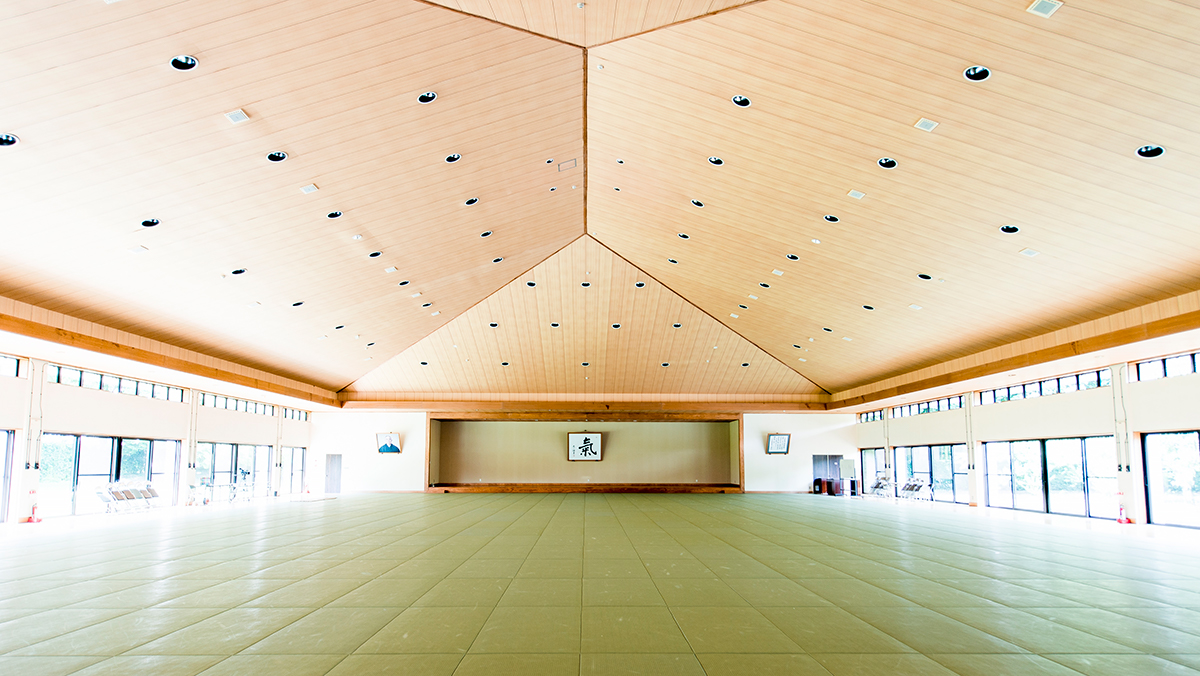When I was an uchideshi of Koichi Tohei Sensei, I was a driver for him every day. Once a week, I drove him between Tokyo and Tochigi which took about 3 hours, since the highway was not that efficient at that time.
When I drove for only a short time, it was easy to keep calm. But during the 3 hour drive I could not control my bad driving habits. In the beginning, when I first started driving as an uchideshi, Koichi Tohei Sensei sat on the backseat and did not fall sleep. I now know that this was because he did not trust my driving skills.
“Driving shows the state of your mind.”
One day, he talked to me and explained to me kindly regarding my driving until I understand the meaning. I would like to share two of them today.
The first one is the timing of pressing the brake pedal. Before the traffic lights or stop signs, when cars ahead of you stop, of course you need to press the brake pedal. He told me that my timing was not always the same. It depended on the day. Sometimes I pressed the brake on time, and sometimes I pressed it a little later.
As a driver, I noticed the traffic lights or movement of cars around me and I knew that I was going to press the brake pedal very soon. However, fellow passengers could not necessarily see this and so might afraid, “Is he recognizing this situation or not?”. This would give others unnecessary nervousness.
I found myself not respecting the state of others mind.
I had this selfish mind, and did not do “Put yourself in your opponent’s place” on five principles of Shinshin Toitsu Aikido. When I did not have this in mind, my technique did not work on the mats either.
The second tip Tohei Sensei gave me was what happens when the traffic lights turn yellow.
According to the “Road Traffic Act” in Japan, if the lights turn yellow while you have already passed into an intersection, you may carefully keep going to avoid stopping there.
On the other hand, if the lights turn yellow before you arrive at an intersection, you basically need to slow down and stop, waiting at the stop line. (The only exception to this would be if a car behind you comes up at a dangerous speed.) I did not follow this rule sometimes, and speeded up when I saw yellow lights to go through an intersection.
He scolded me once, and twice, in the car but I did not correct this habit. Finally, he decided to talk to me.
“Do you really understand why it is wrong?” Tohei Sensei said to me.
Honestly speaking, at that time I did not know what was wrong with my habit. I had speeded up after lights turned yellow many times, but had never been ticketed for this, nor had any accidents occurred.
Again, Tohei Sensei admonished me, “You only recognize what can be seen, don’t you?”
He started explaining about unseen “possibility of accidents.” Maybe at this moment you do not see any trouble, but the habit of speeding up on yellow lights, must increase the risks of a future accident.
If you have higher risks in your life, when some bad timing happens, you might cause an accident. The habit of slowing down at yellow lights could lower risks. You cannot make risks zero percent, but you can make them as small as possible.
Since you cannot see risk, I thought “I do not have any problem now and I will not have any problem in the future.” My attitude was “If you cannot see, it does not exist.”
If I kept this attitude in daily life, I could meet troubles not only while driving but also in other things. Koichi Tohei Sensei scolded me about my attitude of not believing what I could not see, and not only about yellow lights.
“Mind moves body” and driving shows the state of your mind. You can see the state of mind through driving.
After I became someone who could drive calmly all the time, Koichi Tohei Sensei always slept on the backseat. I now understand that every time he checked my state of my mind. This is what I experienced in my Uchideshi training.

